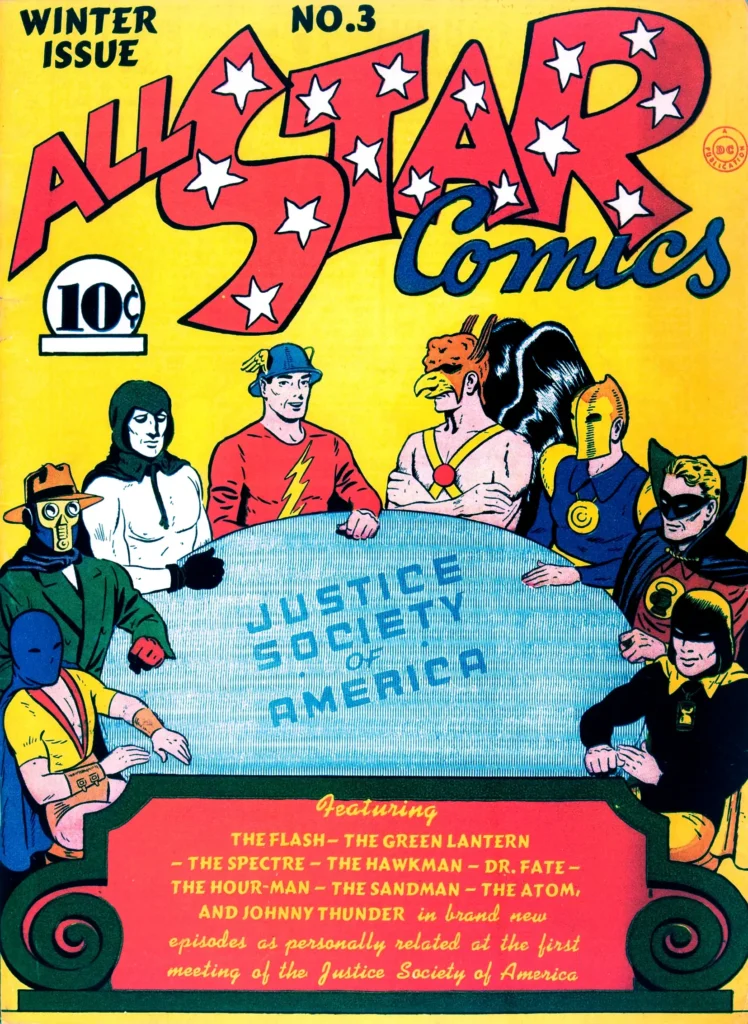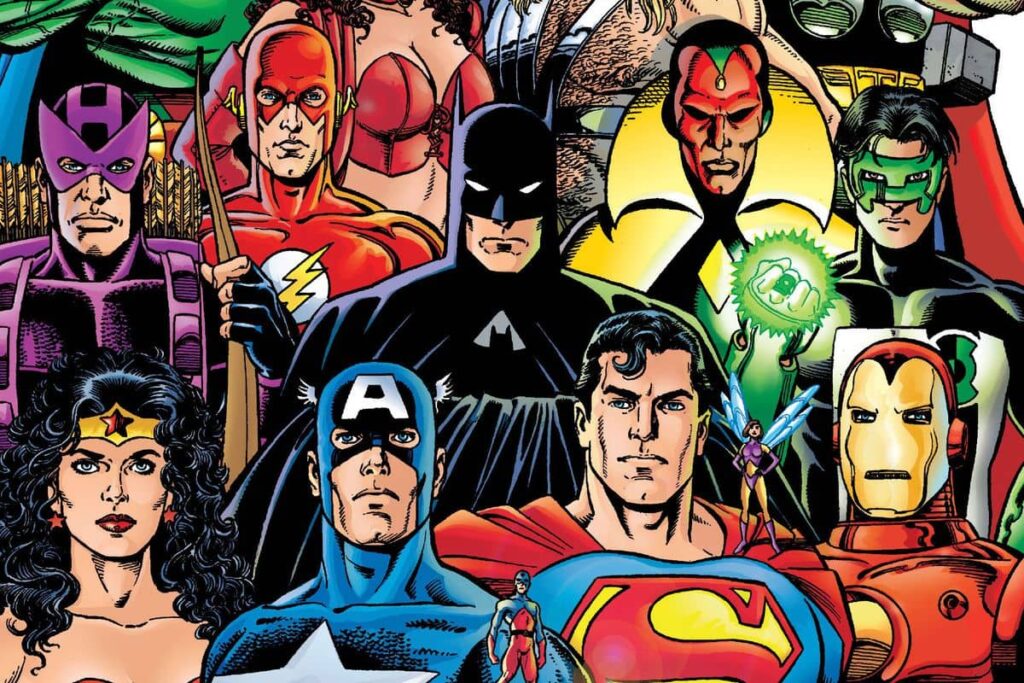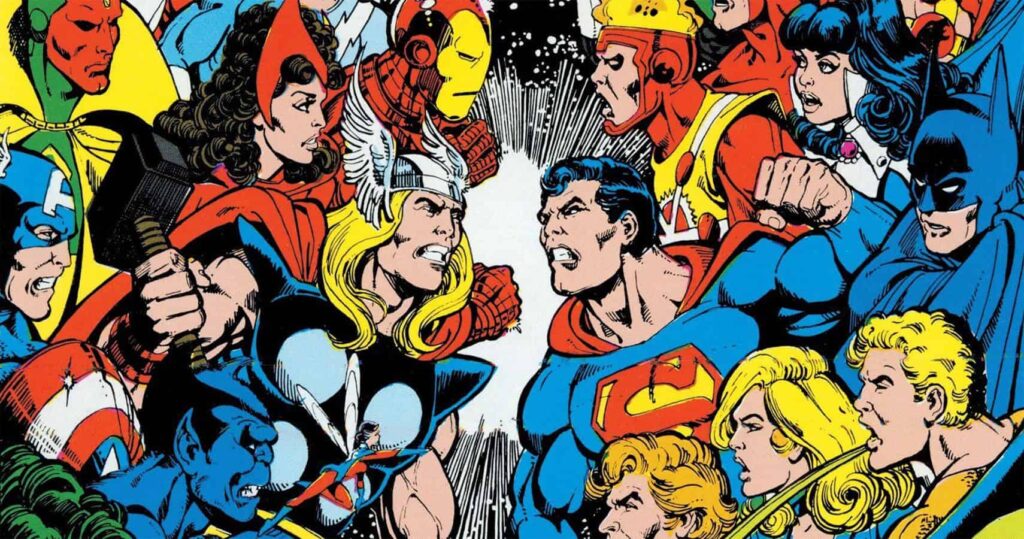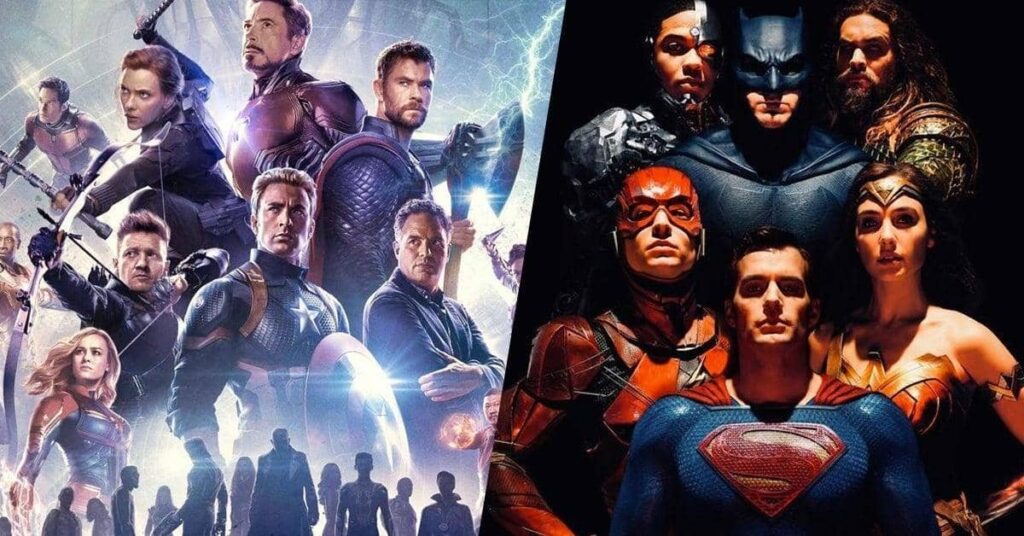Exploring the Lesser-Known Aspects of Iconic Publisher Collaborations
The allure of comic book crossovers
There’s something inherently electrifying about comic book crossovers. Fans of all ages can’t help but feel giddy with excitement at the thought of their beloved heroes and villains from separate universes joining forces or facing off. The very essence of a crossover is the ultimate playground for our wildest imaginations.
Shedding light on lesser-known aspects of publisher collaborations
While the epic battles and surprising alliances often steal the spotlight, there’s so much more to uncover within the realm of comic book crossovers. By diving deeper into these magnificent events, we can gain a richer understanding of the hard work, creativity, and dedication that goes into every panel.
The Origins of Comic Book Crossovers

Early examples of comic book mashups
The concept of crossovers dates back several decades, with examples like All-Star Comics #3 in 1940, where the Justice Society of America was first introduced, a team that combined various popular characters from National Periodicals and All-American Publications All-Star Comics #3. This marked the beginning of a trend that would grow in popularity and scale throughout the comic book industry.
Factors that led to the rise of crossovers
The rise of comic book crossovers can be attributed to multiple factors, including the ever-growing demand for fresh content and the desire to connect and expand comic book universes. Publishers recognized the value of collaborating to increase sales and fan engagement and explore new creative avenues that were previously unattainable. As the industry evolved, so did the scale and ambition of these crossovers, resulting in the epic events we know and love today.
The Role of Editors in Comic Book Mashups

Coordinating creative teams from different publishers
Behind every successful comic book, crossover lies a team of dedicated editors who are tasked with the immense responsibility of coordinating creative teams from different publishers. These unsung heroes play a pivotal role in facilitating communication, ensuring continuity, and striking a balance between respecting the source material and pushing the creative envelope of Comic Book Editors.
Ensuring the seamless merging of distinct universes
One of the most significant challenges faced by editors during a comic book mashup is to create a seamless and believable merger of distinct universes. This involves carefully navigating the nuances of each world, its characters, and its rules while also fostering a sense of cohesion and unity that allows the crossover event to feel natural and immersive.
The Impact of Crossovers on Lesser-Known Characters

Opportunities for secondary characters to shine
Crossovers provide a unique platform for secondary characters to step into the limelight and showcase their full potential. These events often lead to unexpected team-ups and confrontations that give lesser-known heroes and villains a chance to demonstrate their abilities, personality, and depth. As a result, crossovers can catapult these characters into newfound popularity as Secondary Characters.
Creation of new fan-favorite heroes and villains
The fusion of separate universes and creative minds can lead to the birth of entirely new characters that quickly capture the hearts of fans. These innovative creations, born from the collaborative efforts of talented writers and artists, often go on to become fan favorites in their own right, cementing their place within the expansive comic book pantheon.
The Economics of Comic Book Crossovers

Financial incentives for publishers to collaborate
The comic book industry is competitive, and crossovers present an opportunity for publishers to join forces and maximize their profits. By pooling their resources, publishers can reach a wider audience, tap into each other’s fan bases, and capitalize on the increased visibility and hype that these events generate for Financial Incentives.
Challenges of balancing artistic and commercial interests
While comic book crossovers can be financially lucrative, they also come with the challenge of balancing artistic integrity with commercial interests. It’s essential for publishers and creative teams to strike a delicate balance between staying true to their characters and stories while ensuring that the event appeals to a broad audience and generates revenue.
Crossover Spin-offs and Adaptations

Successes and challenges of adapting crossovers into other media
Comic book crossovers have found their way into various forms of media, from television series to blockbuster films. While some adaptations have enjoyed great success, like the Marvel Cinematic Universe, others have faced challenges in translating complex narratives and intricate character relationships from page to screen Adapting Crossovers.
The Role of Merchandising in the crossover experience
Merchandising plays a crucial role in amplifying the excitement and fan engagement surrounding comic book crossovers. Action figures, apparel, and collectibles allow fans to showcase their passion and immerse themselves in the crossover experience while providing an additional revenue stream for publishers’ and creators’ Merchandising.
Conclusion
The lasting impact and legacy of comic book crossovers
Comic book crossovers have had a significant and lasting impact on the industry, providing fans with unforgettable moments, creating opportunities for lesser-known characters, and influencing the development of future stories. They have become integral to the comic book landscape, continually delighting fans with new and inventive collaborations.
The boundless potential for future collaborations and storytelling
The potential for future crossovers is limitless as publishers and creators continue to explore new ways of merging their universes and characters. With the evolution of the digital age and increased fan engagement, the future of comic book crossovers promises to be even more innovative and captivating, offering endless possibilities for fans and creators alike.











